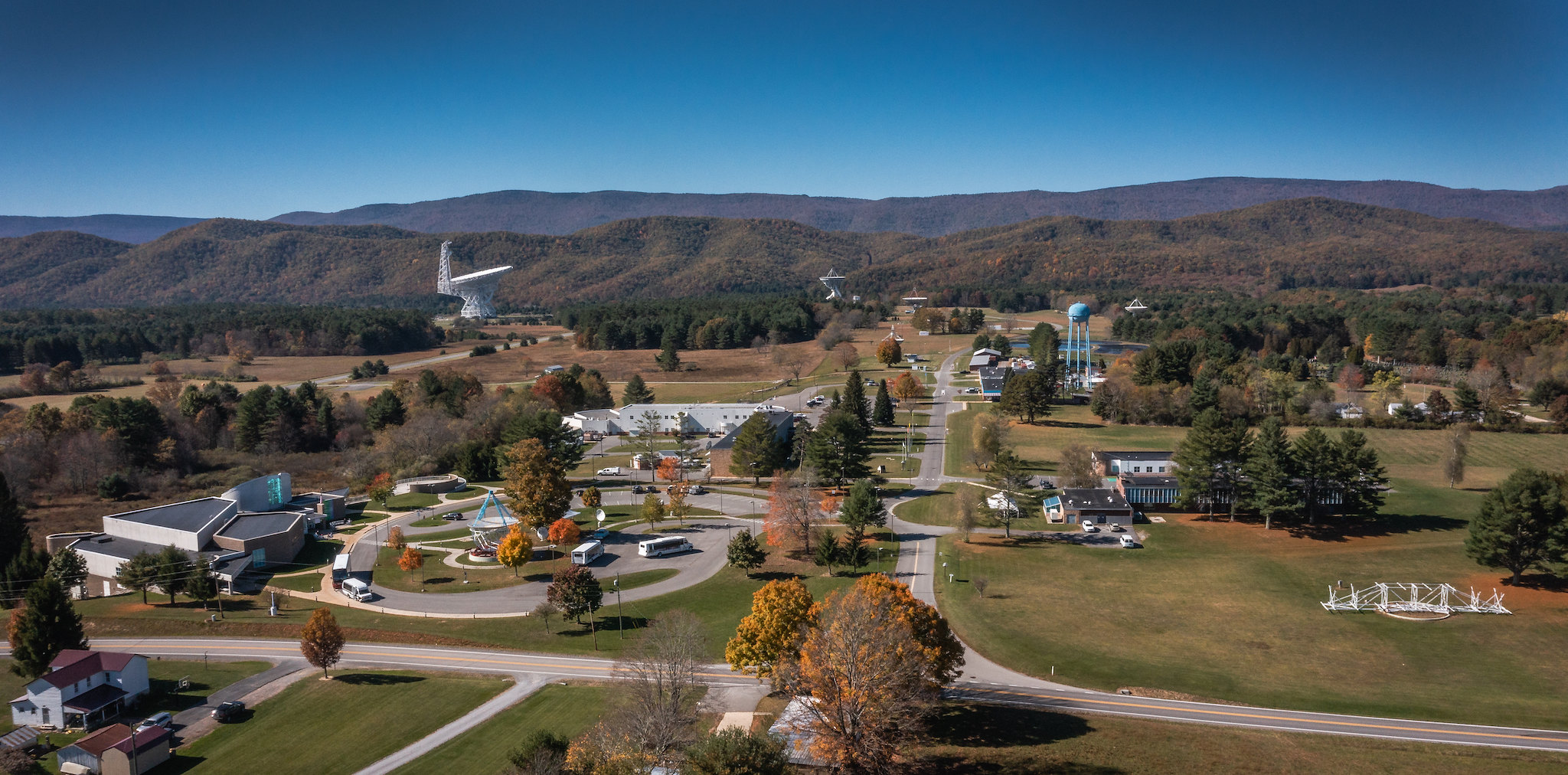Astronomers have used the Atacama Large Millimeter/submillimeter Array (ALMA) together with a suite of space- and ground-based telescopes, to study AT 2024wpp, the most luminous fast blue optical transient (LFBOT) ever observed.
Recent News
Astronomers Make First Radio Detection of Rare Supernova Type, Revealing Secrets of Stellar Death
Astronomers using the U.S. National Science Foundation Very Large Array have captured the first-ever radio signals from a rare class of stellar explosion known as a Type Ibn supernova.
NSF National Radio Astronomy Observatory and Mexican Institutions Sign Historic Agreements to Advance ngVLA Collaboration
The U.S. National Science Foundation National Radio Astronomy Observatory (NSF NRAO), in partnership with several leading Mexican universities and research institutes, has announced a series of landmark agreements and meetings aimed at advancing Mexico’s role in the Next Generation Very Large Array (ngVLA) project.
American Physical Society Recognizes Green Bank Observatory as Historic Site

The American Physical Society has designated the National Science Foundation’s Green Bank Observatory (GBO) as a Historic Site, recognizing it as the location of some of the most fundamental discoveries in astrophysics and astronomy.
APS’s Historic Sites Committee annually recognizes a select number of sites in the United States where important events in the history of physics took place.
Awardees receive a plaque commemorating their site’s significance to physics and a listing in the Historic Sites online directory. On September 27th, APS leadership will present the award to GBO director Jim Jackson. This event will take place at 10am in the Jansky Lab Auditorium. The public are welcome to join us for this brief ceremony. After the presentation the plaque will be displayed in a public area on campus.
Since its founding in 1957, discoveries made at the Observatory include the radio source at the center of the Milky Way, interstellar molecules, and the first pulsar in a supernova remnant, which confirmed the origin of these objects. It was also the site of the first systematic search for evidence of extraterrestrial civilizations.
“The significance of Green Bank in the historic development of radio astronomy is well worth recognition. In over 60 years of operation, through a wide array of radio telescopes, Green Bank has been the site of some of the most fundamental discoveries in astrophysics and astronomy,” said Lee Sawyer, chair of the APS Historic Sites Committee. “It is also the site of many famous attempts to search for the presence of life beyond our planet, beginning with Frank Drake’s Project Ozma in the early 1960s.”
GBO began its life as the National Radio Astronomy Observatory (NRAO), the first of its kind in the US. The Observatory is home of the 100-meter Robert C. Byrd Green Bank Telescope, the world’s largest fully steerable radio telescope. GBO campus includes an acclaimed science center, machine shop, electronics laboratory, and several additional radio astronomy instruments. The Observatory’s operations, surrounded by the Allegheny Mountains in Deer Creek Valley, is protected by two radio interference quiet zones — the National Radio Quiet Zone and the West Virginia Radio Astronomy Zone — providing significant protection for astronomical observations. Green Bank’s instruments have been used for a variety of purposes, including satellite and spacecraft tracking, atmospheric studies, monitoring of astronomical and planetary phenomena, and educational programs.
“We are honored that our facility is being recognized by APS,” said GBO Director Jim Jackson. “We hope that this recognition introduces our site to new audiences with a keen interest in physics and astronomy. We would not be here without our historic contributions, but to remain relevant and vital for the coming decades, we need the involvement of new generations of STEM professionals.”
The Green Bank Observatory is supported by the National Science Foundation and is operated by Associated Universities, Inc.
Media Contact:
Jill Malusky, Interim NRAO News & Public Information Manager
Public Information Officer, Green Bank Observatory
ude.oarn@yksulamj 304-460-5608
This news article was originally published on GBO website on September 18, 2023.
Recent News
ALMA Helps Unmask Monster Black Hole Behind Record-Breaking Cosmic Burst
Astronomers have used the Atacama Large Millimeter/submillimeter Array (ALMA) together with a suite of space- and ground-based telescopes, to study AT 2024wpp, the most luminous fast blue optical transient (LFBOT) ever observed.
Astronomers Make First Radio Detection of Rare Supernova Type, Revealing Secrets of Stellar Death
Astronomers using the U.S. National Science Foundation Very Large Array have captured the first-ever radio signals from a rare class of stellar explosion known as a Type Ibn supernova.
NSF National Radio Astronomy Observatory and Mexican Institutions Sign Historic Agreements to Advance ngVLA Collaboration
The U.S. National Science Foundation National Radio Astronomy Observatory (NSF NRAO), in partnership with several leading Mexican universities and research institutes, has announced a series of landmark agreements and meetings aimed at advancing Mexico’s role in the Next Generation Very Large Array (ngVLA) project.
